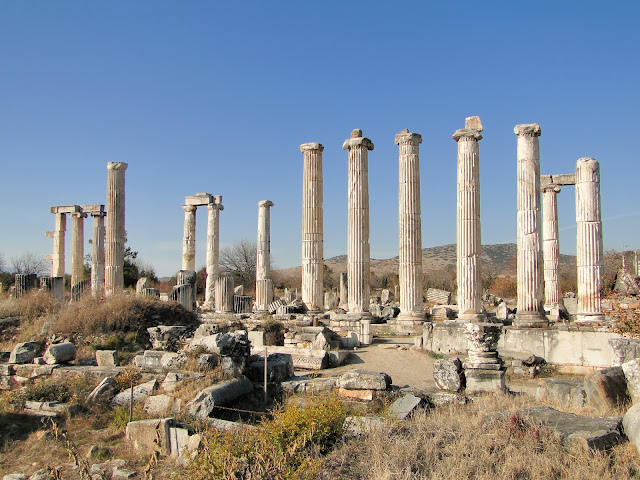This post is a list of quotes from my essay
Principles of Epistemology (2018). There are 35 quotes and 7 chapters listed below chronologically.
A. Truth (3)
B. Knowledge (4)
C. Language (7)
D. Representation (4)
E. Reason (6)
F. Understanding (7)
G. Phenomena (4)
A. Truth
1. "Reality is the actual state of affairs."
2. "True is the attribute of being an accurate representation of reality."
3. "When our propositions correctly display reality, we are saying something that is true. I believe that determining whether a proposition is true or false is central to epistemology."
B. Knowledge
4. "Knowledge is a correctly justified true belief."
5. "It's necessary that knowledge is correctly justified. This means that correct justification has to be used."
6. "I believe there is a subjective line between justified and not-justified. I don't have a strict criteria for what constitutes as a good reason."
7. "Over the course of a lifetime, a person will form a giant list of beliefs about reality."
C. Language
8. "Every word corresponds to a concept (or multiple concepts)."
9. "Language is almost always subjective to a degree."
10. "A concept is a mental general representation... Concepts are mental because they only exist in the mind. Reality is full of potential concepts and only the mind or viewer can create concepts."
11. "A meaning is an underlying representation."
12. "I believe that language is formed through establishment rather than usage... Maybe with enough misuses, a new meaning can get established to coincide alongside the original meaning, but still establishment is what truly gives a word meaning."
13. "Syntax is a system of rules for the combination of words."
14. "With two exceptions, I believe it's impossible to make a 100% objective proposition about reality. The only exceptions I can think of are mathematical equations such as 2 + 3 = 5 and symbolic logic equations. I believe some of the most objective looking statements can be twisted to be purposefully misinterpreted."
D. Representation
15. "If establishing knowledge is a central goal, another goal is to create true physical representations of reality. This includes all of our models, descriptions, equations and illustrations."
16. "Although we can use pictures to display information, sometimes it's more effective to use words. This is why we often see captions attached to pictures. In this regard, descriptions have greater potential to provide knowledge than images alone."
17. "Explanations are important for understanding reality... Explanations shine light on the mysteries of reality."
18. "Mathematics is the study of numbers, lines and shapes."
E. Reason
19. "Reason is the process of forming conclusions using explicit justifications or premises."
20. "A reason is something intended to support the accuracy of a proposition."
21. "Reasons fit together to support or deny a proposition."
22. "Science is a method of establishing knowledge through controlled experiments."
23. "Logic is the process of forming conclusions using objective reasons or premises."
24. "Intuition is the process of forming beliefs based on unclear reasons."
F. Understanding
25. "Understanding is the condition of knowing the explanation of something."
26. "Understanding is the condition of having competent knowledge in something."
27. "I believe that many of our thoughts can be represented in quote form. While some thoughts can be expressed in a single sentence, other thoughts are more complex and require an entire paragraph."
28. "I enjoy collecting quotes and organizing them into clear structures. To me, structured quotes are easier to understand than continuous prose. Even when I write normally, I try to keep my paragraphs short and clear. Either way, I'm trying to organize thoughts into coherent structures."
29. "A principle is a proposition that contributes to the structure of a topic."
30. "A fundamental is a core principle."
31. "A system is a set of interrelated things that form a unified whole."
G. Phenomena
32. "I believe that every detail of experience is a phenomenon. Everything you can notice is a phenomenon. This includes every event, attribute, object, piece of information, thought, sense and anything else that can be observed."
33. "All knowledge begins with phenomenology."
34. "Memory is a bookcase that we can grab knowledge from."
35. "Experience is the totality of past and present sense data."













































































































